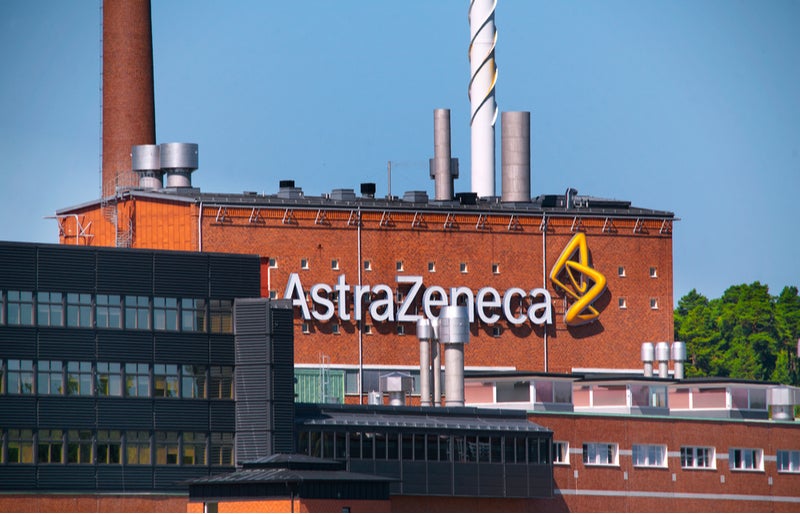DAPA-HF Phase III trial results were discussed at the American Heart Association Scientific Sessions (AHA SS) 2019 in Philadelphia, US.
The trial itself looked at the outcomes of AstraZeneca’s Farxiga (dapagliflozin) use in patients with heart failure with reduced ejection fraction (HF-REF), in patients both with and without diabetes.
Results showed positive and beneficial results of the sodium-glucose co-transporter-2 (SGLT-2) inhibitor use in both subsets of patients, a huge breakthrough for a drug that has previously been specifically tied to diabetic indications.
DAPA-HF was an event-driven trial, comparing dapagliflozin to a placebo against a composite endpoint of time to the first occurrence of cardiovascular (CV) death; hospitalisation for heart failure (HF); or an urgent HF visit.
The trial had a median follow-up of 18.2 months and the trialled patient population included 55% of patients with diabetes.
Meeting the trial’s primary composite endpoint, dapagliflozin showed a significant reduction in CV death, HF hospitalisation, and urgent HF visit compared to placebo. Most interestingly, results were similar for patients both with and without diabetes, with a hazard ratio of 0.75 and 0.73, respectively. There was also seen to be a non-significant p interaction value, proving that the diabetic status of the patient was irrelevant in terms of the endpoint.
How well do you really know your competitors?
Access the most comprehensive Company Profiles on the market, powered by GlobalData. Save hours of research. Gain competitive edge.

Thank you!
Your download email will arrive shortly
Not ready to buy yet? Download a free sample
We are confident about the unique quality of our Company Profiles. However, we want you to make the most beneficial decision for your business, so we offer a free sample that you can download by submitting the below form
By GlobalDataBased on the results shown, and the US Food and Drug Administration’s October 2019 approval of dapagliflozin in type 2 diabetes to reduce risk of HF hospitalisation, GlobalData assumes that the approval of dapagliflozin for HF-REF with/without diabetes is imminent. Unlike the uptake hurdles seen in the case of Novartis’ Entresto (sacubitril/valsartan), GlobalData estimates that when dapagliflozin is approved, the drug will have a high uptake rate, a belief that has been reiterated by key opinion leaders (KOLs) vocal about the promise seen with the drug, and others in the same drug class.
Although there is a need for head-to-head trials, results from DAPA-HF are favourable. Entresto, a twice-daily dosage, showed similar all-cause death reduction rate within a longer follow-up period of 27 months. This leads to the belief that dapagliflozin, a once-daily dosage, will have greater results outside of its reported median follow-up period of 18 months. Also, dapagliflozin was seen to be well tolerated by patients, showing an advantage over Entresto, which saw a drop-out rate of 10% in trials, and also a lack of adherence due to hypotensive adverse effects.
Alongside the guideline-directed medical treatments, both Entresto and dapagliflozin have shown benefit in reducing CV death and hospitalization rate; however, there is also the additional point from KOLs that they would rather use a completely new drug class, rather than add on a drug containing an active ingredient that is already widely used in this patient population, such as valsartan in Entresto. Moreover, the AHA SS 2019 discussion also shone a light on the effects of dapagliflozin on simultaneous loop diuretic treatment. Results from DAPA-HF demonstrated that reductions in loop diuretic dose were higher, while increases in loop diuretic doses were lower in those treated with dapagliflozin compared to placebo.
The discussion of results at the AHA SS 2019 also highlighted the potential for dapagliflozin and other SGLT-2 inhibitors in heart failure with preserved ejection fraction (HF-PEF), an area of huge unmet need and many trial failures. Trials are currently taking place for this population with results for dapagliflozin in HF-PEF expected in 2021.
Related reports
GlobalData (2019) Heart Failure – Global Drug Forecast and Market Analysis to 2028, to be published










Related Company Profiles
Novartis AG
AHA, Ltd.
AstraZeneca Plc